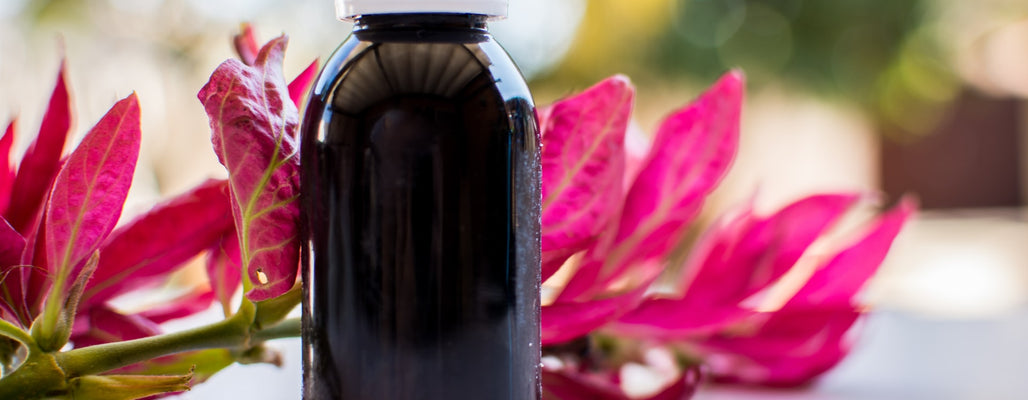
Like a lot of products in the soapmaking universe, castor oil and the bean plant it comes from have a long and complex history. The use of castor oil for medicinal purposes, as well as a fuel oil for lamps, has been dated back 4,000 years. It was known in ancient Rome as the Palm of Christ and, more recently in the Netherlands, as Wonder Oil. As recently as two generations ago in America, children had vivid, unpleasant memories of being given a spoonful of castor oil for whatever was ailing them.
Ticks and Plutonium

The castor plant’s genus name – Ricinus – is also the Latin name for tick, owing to the mottled markings and bump at the end of castor seeds that give them a tick-like look. More significantly, there’s a water-soluble protein called “ricin” in castor seeds that has been described as being second in toxicity only to plutonium. And yet castor oil has been regarded, at varying times in history, as a universal cure.
The castor bean plant itself is adaptable. In tropical climates where it is native – India and Africa – it’s a perennial that can grow as high as 40 feet. In temperate climates, where growing seasons actually have an end, it’s an annual that reaches six to 10 feet.
Splitting Carpels, Flying Seeds
Flowers on the castor plant occur without petals in dense clusters known as inflorescences. Being a monoecious species, the castor has both female and male flowers on the same plant. Female flowers are red, spiny balls with star-shaped stigmas and reside above the white male flowers on the stalk.
Each of the spiny female flowers is a seed pod, containing three sections, or carpels. Each of the carpels holds a single seed. When they’ve matured, carpels get dry and split open, ejecting the seeds, often with considerable force. Reports of being around when the carpels are splitting and the seeds are flying make it sound like something to see.
The Risks Involved With Harvesting
Most of the world’s castor oil is used in lubricants for engines and machinery, or in plastics, paints, dyes, crayons, and soap. In limited quantities, castor oil is still regarded as an immune-system booster and a source of healing for skin ailments. There’s a long list of additional products castor oil might be perfect for, but even with 500,000 metric tons being produced each year worldwide, supplies can often be limited and unreliable.
Because of the extreme toxicity of ricin in the seeds and because the surface of the castor plant is covered in allergenic compounds that can cause permanent nerve damage, there is risk to both grower and processor. Harvesting castor plants presents a constant health risk to workers in India, Brazil, and China, the major crop producers.
As it should, the health of workers affects harvesting and processing, making supplies of castor oil hard to predict or rely on with confidence. There are efforts to make production safer, including biotechnological ones to reduce the seed and plant toxicity. For now, though, it remains popular and complicated, a wonder for many, a danger to others, and a $400 million annual market to the world at large.
